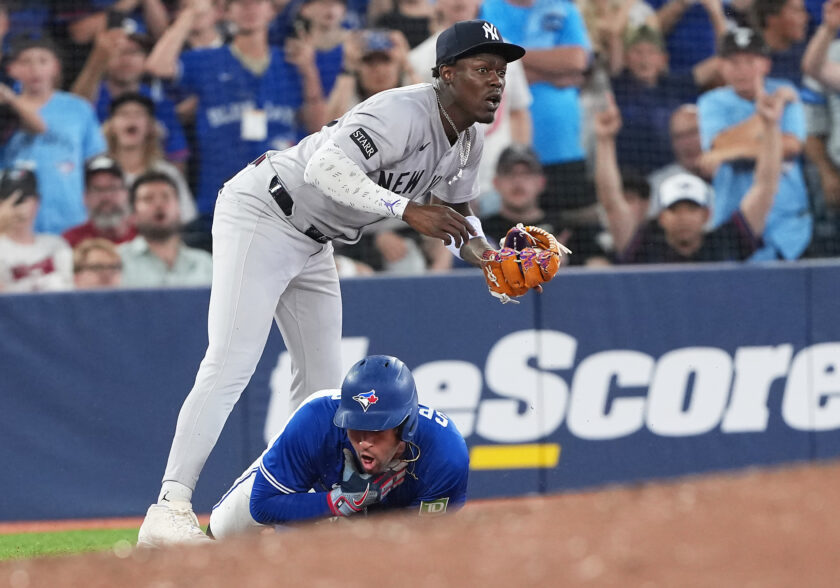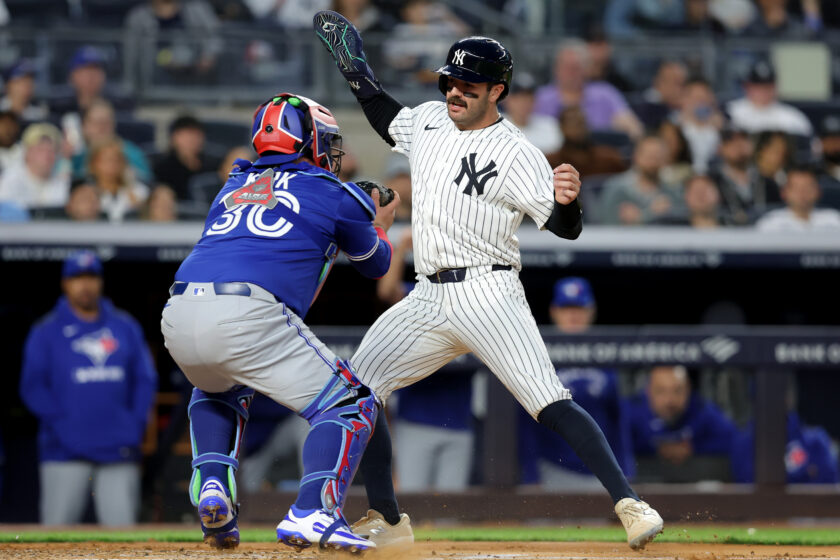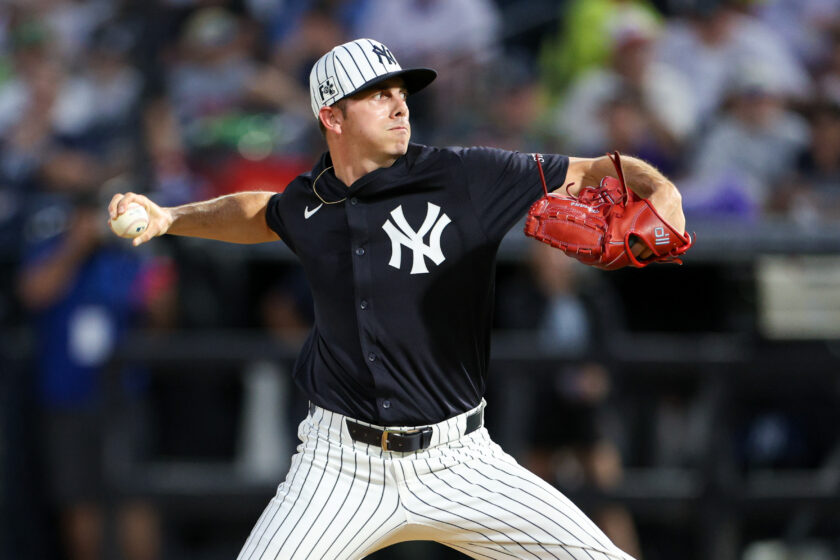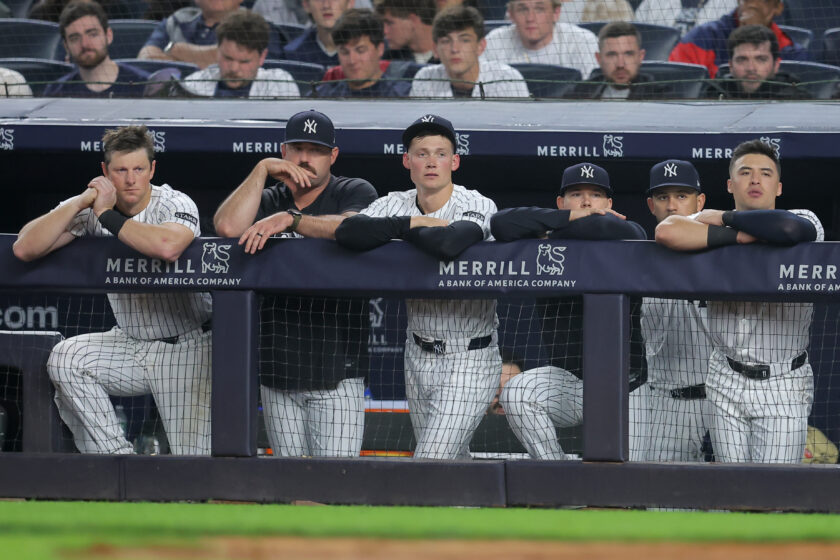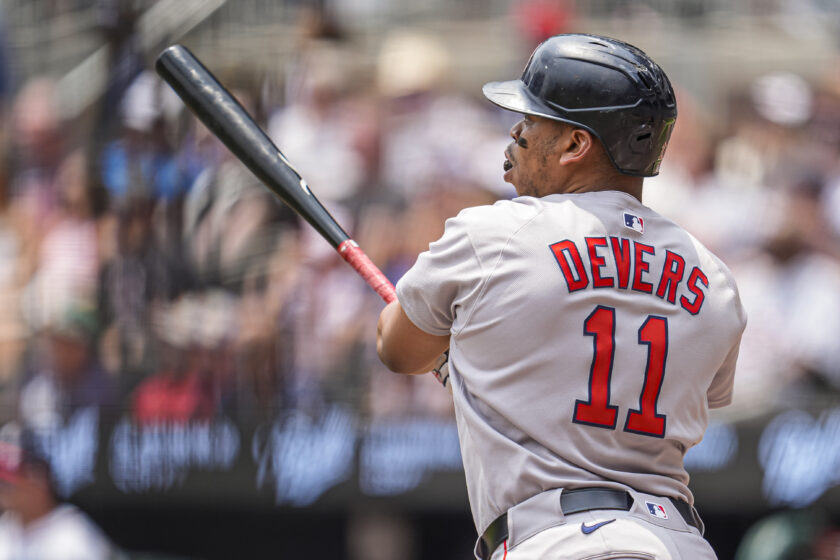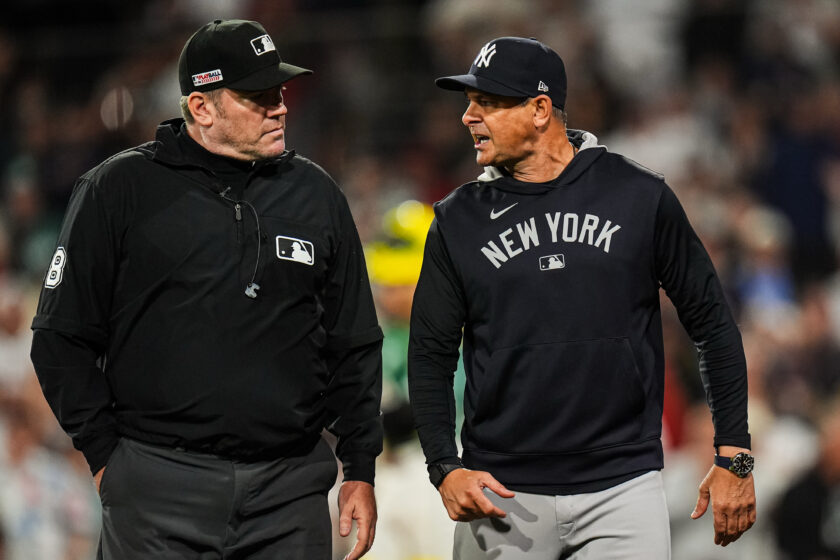80 years later, Lou Gehrig remains as unique as ever
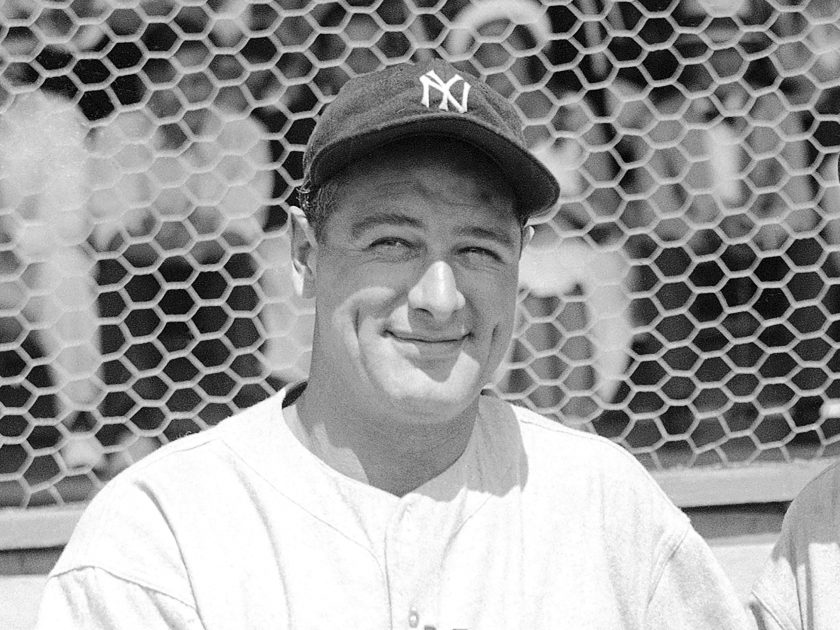
New York Yankees legend Lou Gehrig passed away 80 years ago and remains in a league all his own throughout baseball.
[sc name=”josh-benjamin-banner” ]I never got to watch Lou Gehrig play first base for the New York Yankees.
My grandfather might have. He grew up in New Jersey during Gehrig’s prime, just a stone’s throw away from Yankee Stadium. There was no television on which to watch the games, let alone a 24-hour sports news cycle. No, he got to watch the Iron Horse up close and personal and though he was foggy on details, his stories had one constant: Lou Gehrig could play.
We all know the tragedy of Gehrig being robbed of the chance to grow old with his contemporaries. The awful disease that now bears his name took him from this world way too soon 80 years ago today. Gehrig was just 37 years old.
From the durability and playing every day to the ability to hit for both power and average, it’s pretty safe to say no other player will match the cultural significance of Lou Gehrig.
The Cal Ripken Effect
Growing up as a baseball fan in the ’90s, Lou Gehrig really only had one comparison: Cal Ripken Jr.
Even today, the comparison seems strange. Gehrig was a left-handed first baseman who could do it all with the bat and led the majors in significant stats several times. For example, he led the majors in OPS and home runs three times, and RBI five times. In 1935, he drew 21 intentional walks.

Ripken, meanwhile, was a shortstop built like a tank. He too was a good hitter and surpassed the 3,000 hit and 400 home run marks over a 21-year career, but never reached Gehrig’s level. Save for his first MVP season in 1983, he never led the league or majors in any offensive categories.
The two even came from opposite environments. Gehrig grew up the son of working class German immigrants on Manhattan’s Upper East Side and earned a football scholarship to Columbia University. Ripken grew up in the Baltimore Orioles organization thanks to his father being a longtime minor league manager and coach for the team. In 1978, the Orioles drafted him right out of high school.
But Cal Ripken Jr. and Lou Gehrig had one thing in common: durability. Throughout their careers, they were a lock to be in the lineup. Gehrig himself set a record when he played in his 2,130th consecutive game in 1939. 56 years later, Ripken would break that record and retire in 2001 with his own mark of 2,632.
And what did those two streaks have in common? Both Gehrig and Ripken voluntarily took themselves out of the lineup. Gehrig did so due to what would eventually be diagnosed as the disease that took his life. For Ripken, he just felt it was time.
A league of their own
Think about those numbers. 2,130 and 2,632 consecutive games played, respectively. Even though Ripken’s career began long after the 162-game season was established in 1961, playing a season in its entirety isn’t easy.
Furthermore, the player who doesn’t miss a single game is becoming a dying breed in the name of “load management” and “maintenance days.”
To find a season in which at least ten players appeared in 162 games, we have to go back to 2005 and then 1979. To find one where more than ten didn’t miss a game, excluding any shortened seasons, that hasn’t happened since 1964.
It’s not worth it to get frustrated if Aaron Judge or Giancarlo Stanton sit out two straight games with soreness; or if Kawhi Leonard sits out half of a back-to-back. It’s simply par for the course.
Additionally, it makes Lou Gehrig and his legacy all the more special.
Final thoughts

So, 80 years later, what does Lou Gehrig’s legacy mean? And what about Cal Ripkin Jr.’s, for that matter? Both were iron men, but neither had Tony Stark’s playboy genius swagger. They were quiet, reserved, and just played the game fantastically.
In this era of launch angle, home runs, and three true outcomes, this player is harder to find today. Ichiro Suzuki was ridiculously durable for his time and appeared in over 150 games 12 times in 19 seasons, but only hit the hallowed 162 four times.
Could it be that the combination of durability, hitting for contact and power, and elite fielding be dying out?
Regardless of answer, Lou Gehrig is why we are even having this conversation. The laconic Manhattanite let his actions on the field do the talking, plain and simple. He and Babe Ruth made baseball a hitter’s game which, if you ask this writer, is a more significant legacy than any streak.
But that’s just it. 80 years later, even as baseball today is a far cry from the game Gehrig played, we still talk about him. He still has that much standing in the sport. Despite Ripken shattering his record, the Iron Horse’s legacy stands firm.
Lou Gehrig is still a legend of the game. He always will be. And if just one player today can appreciate just a slice of what he meant to it, perhaps baseball isn’t nearing extinction after all.
Josh Benjamin has been a staff writer at ESNY since 2018. He has had opinions about everything, especially the Yankees and Knicks. He co-hosts the “Bleacher Creatures” podcast and is always looking for new pieces of sports history to uncover, usually with a Yankee Tavern chicken parm sub in hand.

